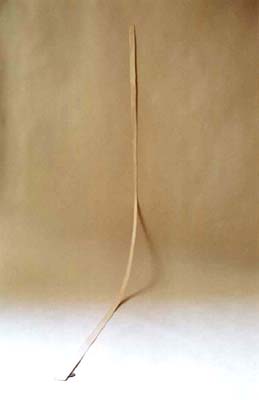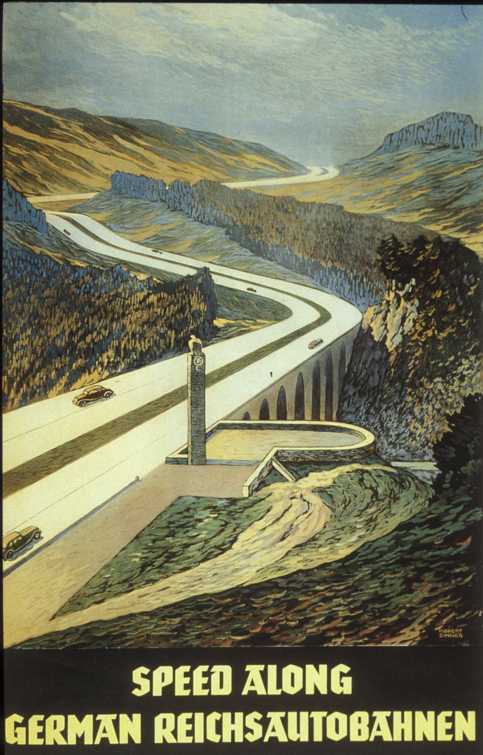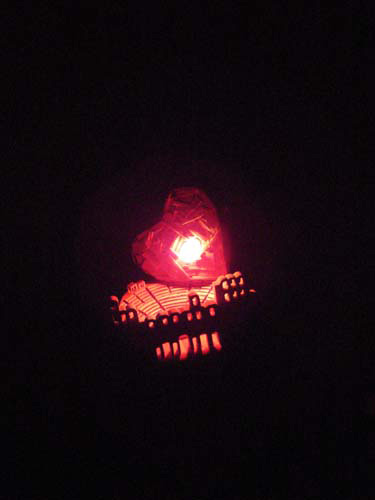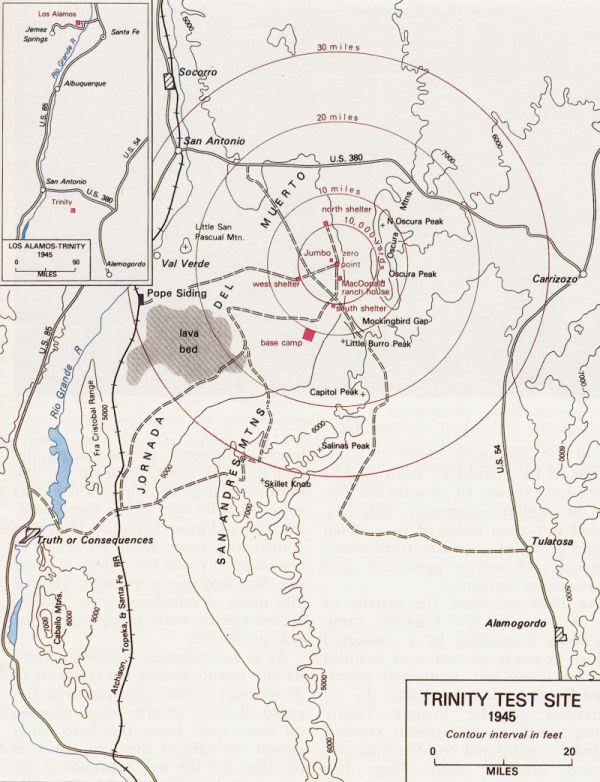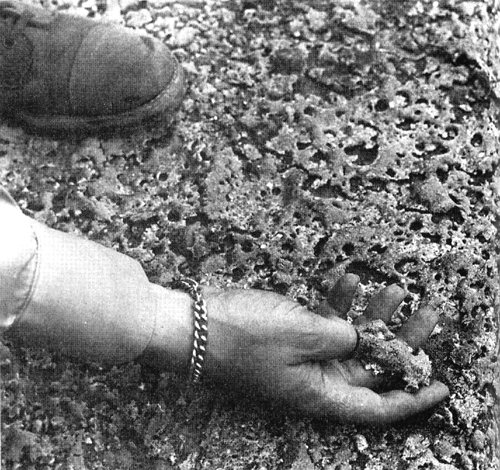In this extensive interview, at the NPq magazine, Fukuyama explores some of his recent thoughts around the notion of freedom as it is culturally accepted and practised by different communities and nations . In the future, I hope to insist providing similar interviews. It is beyond our area studies but his empirically rich and theoretically inventive discussions of political ideas and practices commands respectful attention to all of us that we are usually dedicated to the production of a project which it is supposed to frame freedom.
Francis Fukuyama is author of the seminal post-Cold War book, The End of History And the Last Man. NPQ editor Nathan Gardels met with Fukuyama at his office at Johns Hopkins University in Washington, D.C. in March.
NPQ | The late Isaiah Berlin famously made the distinction between "negative" and "positive" freedom—the first being "freedom from" tyranny and interference and the second being "freedom to" do what one will in his or her zone of non-interference; the freedom of self-realization.
As you pointed out in your argument about "the end of history," negative freedom has pretty much been accepted universally, in principle if not in practice, since the end of the Cold War. Even in China the zone of personal space has grown immensely.
But, almost by definition in a diverse world, positive freedom, the "freedom to," is not universal. Some people want to wear headscarves, others want to marry the same sex.
After the "end of history" aren't most conflicts now over positive freedoms?
Francis Fukuyama | It's true. Most liberal democracies have been able to avoid this question of what positive freedoms they want to encourage because they haven't been challenged. Now they are challenged by minorities—Muslim immigrants in Europe, for example—or in some way by rising cultures in Asia that have a very strong sense of their own moral community, their own nonliberal values. It has become a very live issue.
In Europe especially, the issue of immigration and identity converges with the larger problem of the valuelessness of postmodernity. The rise of relativism has made it harder to assert positive values and therefore the shared beliefs Europeans demand of immigrants as conditions for citizenship. Postmodern elites have evolved beyond identities defined by religion and nation to what they regard as a superior place. But aside from their celebration of endless diversity and tolerance, they find it difficult to agree on the substance of the good life to which they aspire in common.
Also, to be clear, what I argued in The End of History was that Hegel had a more positive sense of what freedom is in terms of the recognition of basic human dignity, of the capacity to make moral choices. So, in a sense the "end of history" means the beginning of the reconstruction of a more positive, substantive, idea of what it means to live in a liberal democracy.
NPQ | Just as immigrants asserting their identity bring new conflicts to liberal societies, doesn't the projection of the West's "postmodern valuelessness" —relativism, secularism, permissiveness, materialism—into other cultures through the mass media and entertainment generate clashes of a global scope? Migrants come here; our media go there. After all, Osama bin Laden never came to America. He knows it through the "Hollywood image."
The globalizing media simultaneously tie together, differentiate and define; they are the space where recognition is granted, where dignity is assigned. If they are the new agora, aren't they also, then, the new ground of conflict?
Fukuyama | Definitely. There has been a culture war going on within the United States for a long time over this issue. Cultural conservatives and the religious right have long criticized Hollywood for undermining the values of family and faith. In a sense, their position is not all that different from Osama bin Laden's. The valuelessness projected by American mass culture is a problem.
Obviously, Muslim extremists don't accept the basic framework of liberal tolerance within which America's culture wars are waged. But there is a relationship. What we see today on the global stage is in some sense an extension of America's own culture wars.
NPQ | After 9/11, the Bush administration launched a "public diplomacy" campaign that said, "if the Muslim world only understood America" they wouldn't hate us. But this postmodern propaganda of the mass culture has been out there a long time. Muslims do understand America. That is the problem! Perhaps Americans need to be a little more humble and self-critical. Not all the fruits of freedom are appealing.
Fukuyama | I do think that America's seamier side is well known in the world. The image of America held by many critical Muslims, radical or otherwise, is not inaccurate.
One of the delusions of American policy after 9/11 was to presume that if anti-Americanism was out there, it wasn't because of our policies or the Hollywood image but because we were misunderstood. That was a seductive impulse because it meant we wouldn't have to look inward and change ourselves or our policies.
On the other hand, I also think that America's image in the world depends on which part of the world you are talking about. In those places which are modernizing successfully, the projection of our mass culture is a net benefit because they see the freedoms shown in our films or music as something they can aspire to. That doesn't create resentment.
Where you get a big problem is where countries are failing at modernization. They can see the promised land, but there is no way of getting there. That creates resentment and anti-Americanism.
NPQ | You could take this further. Those who are successful due to globalization, particularly in Asia, are taking on more of the attributes of the American way—more freedom, more mobility, more prosperity. As they do so, they want to see their own stories on the screen, not America's. In a relative sense, doesn't that diminish America's soft power?
Fukuyama | Yes, but is that the worse thing in the world, though? Because we have been powerful we are blind to other forms of soft power. Korean pop singers and movie stars are incredibly popular in Japan and other parts of East Asia. China has a huge film industry. Overseas Chinese are re-learning Mandarin.
We should not think of this realm of soft power in the same way in which we think about military power. The cultural balance of power is not a zero-sum game. It's not necessarily a threat to the US national interest if China sees more of its own movies instead of American movies.
NPQ | Isn't it important, then, as America considers its role in the world, to take into account this fact that the content of our mass culture affects international relations?
Fukuyama | Without question it is important. But I don't know if it is that easy for liberal culture to do anything about it. Even if you decided that Hollywood is hurting America's foreign policy interests you cannot stop that stuff from going out. Besides preventing Janet Jackson from ever again baring her breast at the Super Bowl through FCC regulations, there isn't a whole lot you can do. It is a problem, but not one that can necessarily be solved by public policy.
The hope, of course, is that in the marketplace of ideas the good will drive out the bad. But there's not a lot of evidence of that happening so far.
NPQ | One reason this is such a conundrum is that secular liberal societies have real difficulty in coming up, as you suggested, with positive virtues that set boundaries on cultural behavior, be it misogynist rap lyrics, Madonna's crucifix act or cloning.
The clash with Islam underlines this moral paralysis because we live, as the late Nobel laureate Czeslaw Milosz used to say, in "non-parallel historical times."
As a result we witness this paradox: Ayaan Hirsi Ali, citing Spinoza, has fled from faith to reason in the name of freedom, defecting from the womb of Islam and becoming an "Enlightenment fundamentalist" and atheist. Yet, Europe's most famous secular liberal philosopher, Jurgen Habermas, now argues that since postmodern society is unable to generate its own values, it can only "nourish" itself from religious sources. For him, Western values—liberty, conscience, human rights—are grounded in our Judeo-Christian heritage.
According to Habermas, "unbridled subjectivity"—the relativism which reigns today—clashes with "what is really absolute—the right of every creature to be respected as an ‘image of God.'"
What do you make of this double movement in history?
Fukuyama | This problem of how our post-religious societies come up with values was the critical issue for two celebrated thinkers from the University of Chicago—Allan Bloom, author of The Closing of the American Mind, and Leo Strauss.
Strauss called this "the crisis of modernity." The question is whether there is a way of establishing values through reason and philosophical discourse without reverting to religion. His central argument was that classical political philosophy—the Greeks with their emphasis on "natural right," or nature deciphered by reason as a source of values—had been prematurely rejected by modern philosophy.
The way to think about this is that we have both a deep philosophical problem and a practical political problem. The two may be related, but not necessarily.
The deep philosophical problem is whether you can walk Western philosophy back from Heidegger and Nietzche and say that reason does permit the establishment of positive values—in other words that you can demonstrate the truth of certain ideas.
The practical problem is whether you can generate a set of values that will politically serve the integrating liberal purposes you want. This is complicated because you want those values to be positive and mean something, but you also can't use them as the basis for exclusion of certain groups in society.
It is possible that we could succeed at doing one without the other. For example, the grounds of success of the American political experiment is that it has created a set of "positive" values that served as the basis for national identity but were also accessible to people who were not white and Christian or in some way "blood and soil" related to Anglo-Saxon Protestant founders of the country.
These values are the content of the American Creed—belief in individualism, belief in work as a value, belief in the freedom of mobility and popular sovereignty.
Samuel Huntington calls these "Anglo-Protestant values," but at this point they have become de-racinated from these roots. You can believe them no matter who you are or where you came from.
As kind of a practical solution to the positive value problem, it works pretty well.
What I find fascinating is that, apart from drinking beer and playing soccer (football), Europeans find it hard to define the virtues with which they identify. In the end this is really about positive virtues—what kind of people you find admirable in your common story that builds your community. To what kinds of behavior do you assign dignity in your culture?
This kind of definition of the good life, I think, you can resolve without resolving the deeper philosophical issue.
What Strauss worried about in the back of his mind was the stability of such a practical solution in the absence of a philosophical resolution about how to arrive at truths.
NPQ | If positive definitions of freedom—choices about the good life—are divisive in a plural world, why not revert to a system like that in the Middle Ages where different values applied in different jurisdictions, each with its own "volksgeist"?
Fukuyama | That's not a solution. We live in big national communities going global where you have to have civility, deliberation and democratic discourse. You can't federalize into a zillion self-regarding communities. It is particularly not a solution in a world such as ours with such penetrating flows of people and information. This is what the Dutch tried, in effect, with their "pillars" for each group in society. It manifestly does not work.
NPQ | Muslim immigrants to Europe have a strong sense of identity. Americans have their creed. Why is Europe's sense of identity and cultural confidence so weak?
Fukuyama | Europe did have deep national traditions. In the 20th century those national traditions were discredited through bloody nationalistic wars. Now they are trying to put together a "European identity," but it doesn't have much content.
One of the most fascinating debates came up when some tried to re-insert the idea of Christian heritage into the proposed European Constitution. That was tremendously controversial. The Christian reference never made it in, and then, of course, the French and Dutch publics in any case rejected the draft because they thought it intruded too much on their already waning national way of life.
NPQ | Is the idea of a volksgeist—the unique way of life of a commonly rooted people—now over in the postmodern world with all its hybrid cultures? The American Creed is really a "geist" without a "volk."
Fukuyama | "Volksgeist" was always a kind of fantasy. Johann Gottfried Herder, who employed the idea, argued that a "volksgeist" was some ancient, subconscious feeling of community. German identity itself didn't really exist until the 19th century. What he didn't appreciate was that all these attributes had been socially constructed at some point and mixed into a German brew.
Volksgeist is an unwritten set of social norms and values that a society aspires to. As you say, the American creed does not have a "volk" in the sense that its way of life is shared by many races and cultures.
NPq magazine , last spring 2007
